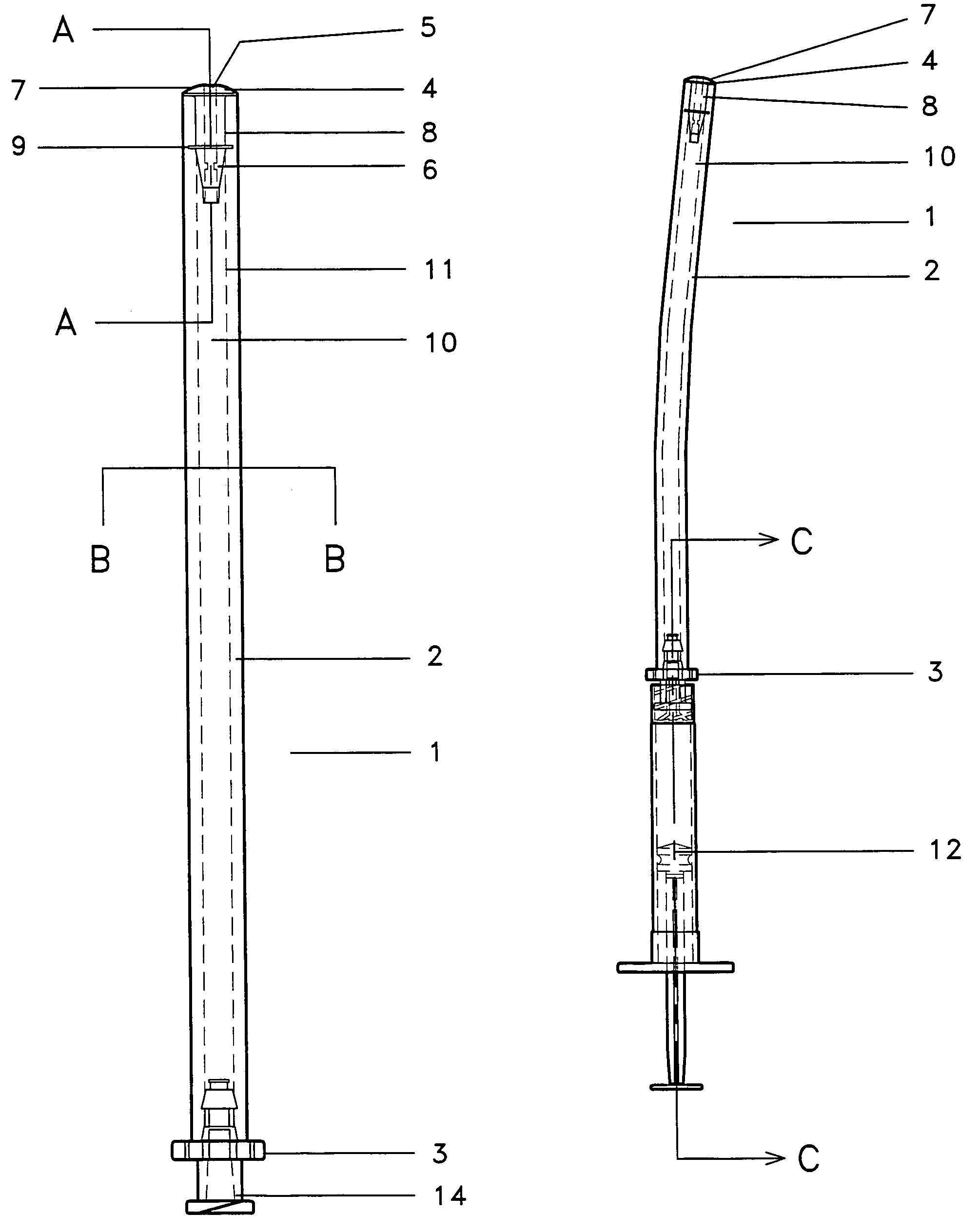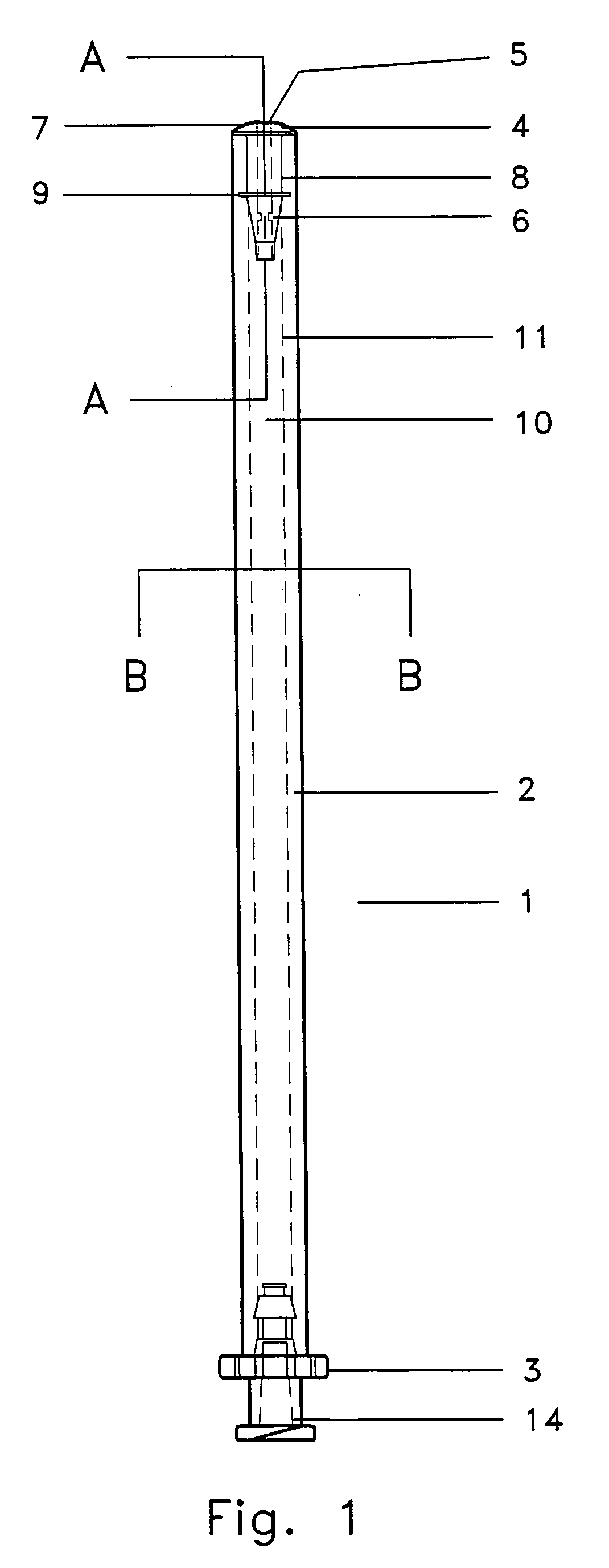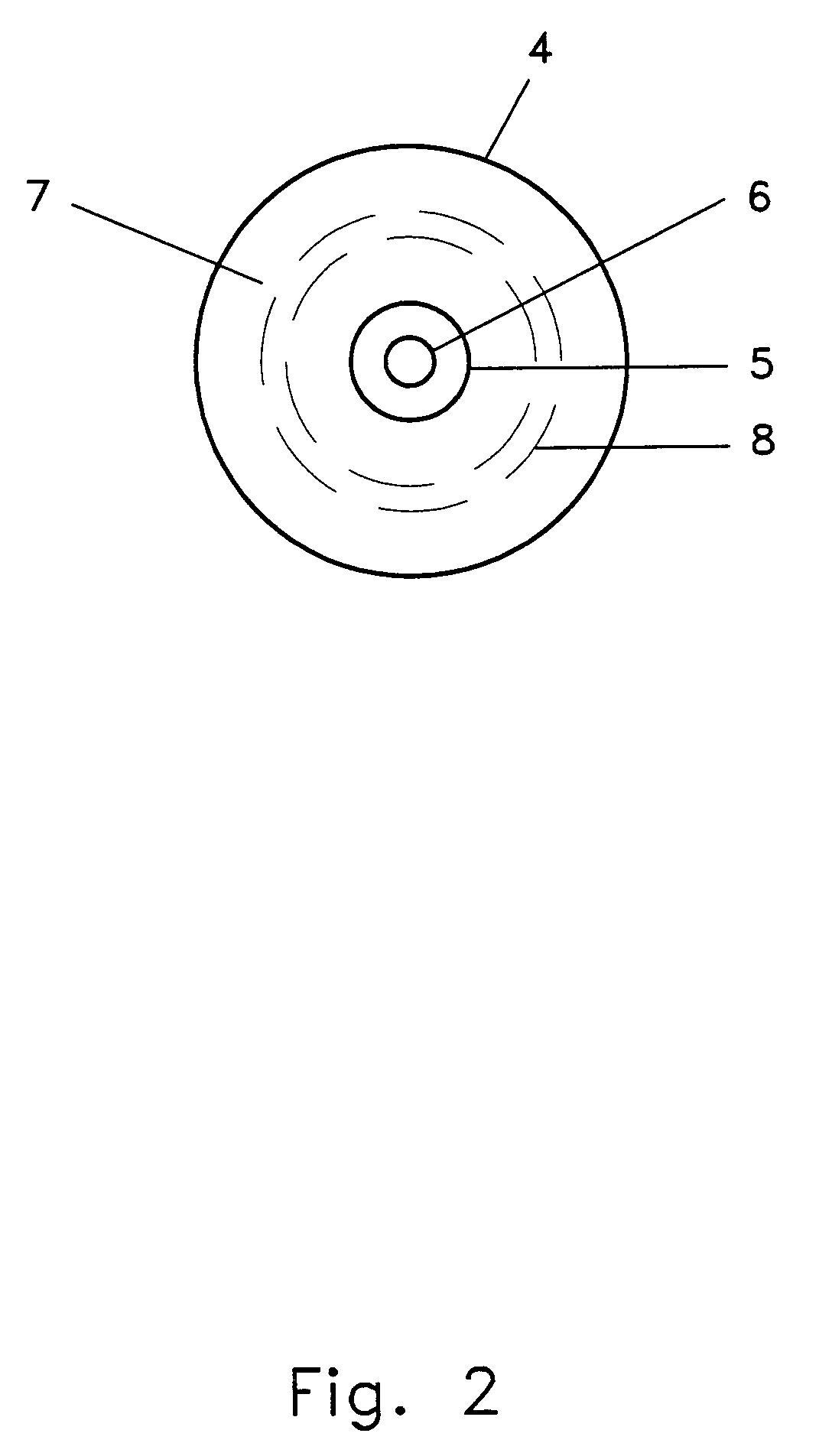Specifically with respect to
live virus vaccines, it has been shown that they are often too pathogenic for use as immunogens for either humans or animals as described in U.S. Pat. No. 3,953,592.
Attempts to vaccinate against
viral infection with inactivated
virus, however, may not offer effective protection and can produce undesirable side effects as indicated in U.S. Pat. No. 3,953,592; R. Belshe et al, Immunization of Infants and Young Children with Live Attenuated Trivalent Cold-Recombinant
Influenza A H1N1, H3N2, and B Vaccine, The Journal of Infectious
Disease, Volume 165, 727–732, 1992; K. M. Nelson et al., Local and Systemic
Isotype-
specific Antibody Responses to
Equine Influenza Virus Infection Versus Conventional
Vaccination, Vaccine, Volume 16, Number 13, 1998.
Injection of equids with inactivated viruses may cause, for example, inflammatory reactions at the site of injection.
A significant problem with intranasal delivery of compositions is interspecies and intraspecies anatomical variation.
An inflexible intranasal administrator, for example, may be adequate for intranasal delivery of a composition or dose to a bovine where the intranasal administrator need only tranverse a
short distance in the bovine
nasal passage, however, such an inflexible device may not be suitable for equids where the intranasal administrator may have to
traverse several inches within the
nasal passages of an equid.
A related problem with intranasal delivery of compositions in equids as opposed to bovine, for example, is the presence of a false
nostril (nasal diverticulum) as described by Klaus, Dieter, Budras,
Anatomy of the Horse an Illustrated Text, 2nd edition, Mosby-Wolfe, London, 1994.
The nasal diverticulum presents two problems with regard to intranasal delivery in equids although other species may have
anatomical structures which present equivalent difficulties.
The second problem associated with the nasal diverticulum is that the type of cells which line the nasal diverticulum are not the same type of cells which line the
nasal passage of the upper
respiratory tract.
Delivery of compositions, including the delivery of cold-adapted live viruses, to the type of cells which line the nasal diverticulum may not provide therapy because such cells may not be susceptible to such compositions, or
cold adapted live viruses.
Another significant problem with intranasal delivery is the movement and regional distribution of the composition or dose subsequent to administration.
In either event, a portion of the dose may be rendered ineffective because the dose was delivered as a particle of non-optimal size.
A related problem is coordinating the delivery of a particular type of composition with a particular location of delivery.
As such, there may be little assurance that the composition has actually been delivered to the proper location or target.
This may be particularly problematic for those individuals that have little or no formal
medical training.
Yet another problem with existing devices for intranasal administration of compounds is generation of excess
physical stimulation of the
nasal passage as the intranasal probe or dose administrator is guided along the intranasal passage.
As can be understood, an intranasal administrator comprising a relatively small
diameter tube with a thin sidewall may be more likely to irritate,
cut,
score or pierce the intranasal surface causing the human or animal to move unpredictably.
After the intranasal passage has been injured it may also subsequently become infected and require additional
medical attention.
Moreover, when attempting to administer a composition or dose intranasally to a human or an animal, unpredicted movement caused by such
physical stimulation may force the intranasal dose administrator into contact with the eye or perhaps into contact with the person attempting to administer the composition or dose.
This inadvertant movement may also transfer
biological fluids between the patient and the practitioner or cause the loss of a portion or all of the composition or dose.
Another problem related to intranasal administrators which have a small
diameter or
thin wall construction is that axial deflection of the intranasal administrator may be excessive under the typical forces encountered during use.
Axial collapse of the administrator may may result in a failure to deliver the dose properly, additional
physical stimulation of the intranasal passage, or
cause injury.
Still another significant problem is the amount of composition or dose that may remain in devices upon delivery of the composition or dose to the patient.
Even if devices with a smaller
dead volume were designed, even such smaller volume of a composition or a dose made unavailable to the patient may be significant where the cost of the dose is high.
Another problem with some delivery systems may be a lack of unitized construction.
These component parts may cause immediate injury or remain in the intranasal passages undiscovered to cause subsequent injury.
From the
consumer's point of view there are several problems which have not been adequately addressed by existing systems for the administration of compositions.
A second problem for the
consumer is the potential for inadvertent needle sticks which may transfer either the composition or physiological fluids from the patient to the person administering the composition or dose.
A third problem for the
consumer is proper disposal of needles.
A fourth problem for the consumer untrained in medical or veterinary fields is the fear of
self administration of compositions to themselves, or other humans or animals.
A part of this fear may be the use of needles, or other devices, which the consumer believes may
cause injury to the patient due to the consumer's lack of training.
However, even with respect to delivery devices which may be designed for use without a needle, the consumer may have concerns that the composition or dose may be delivered in a manner that is not therapeutic for the patient.
 Login to View More
Login to View More  Login to View More
Login to View More 


